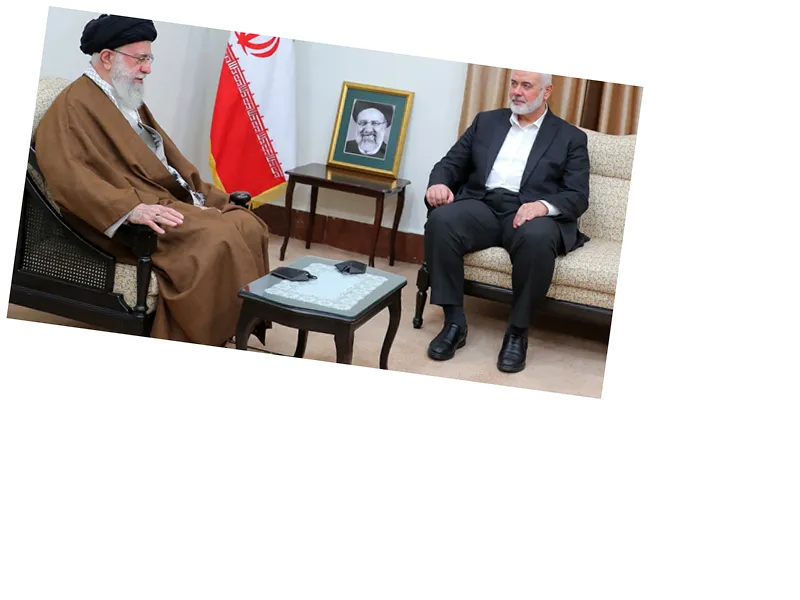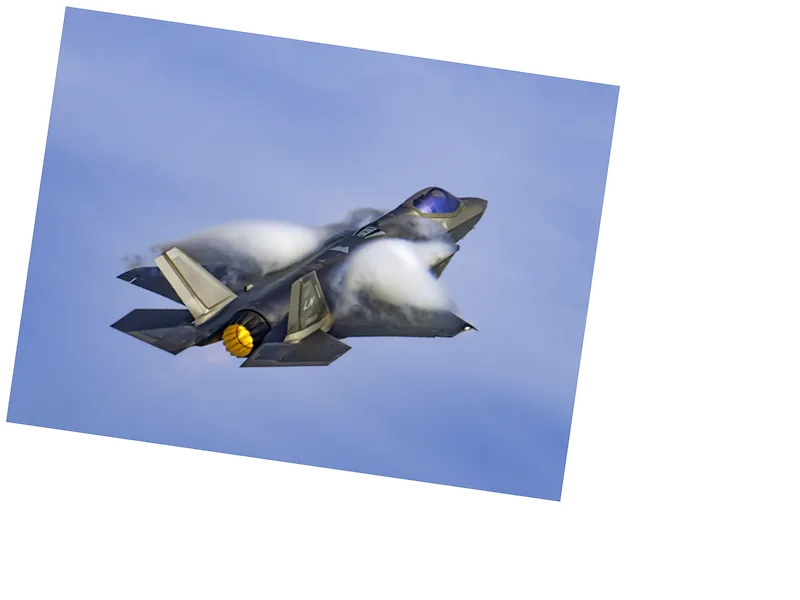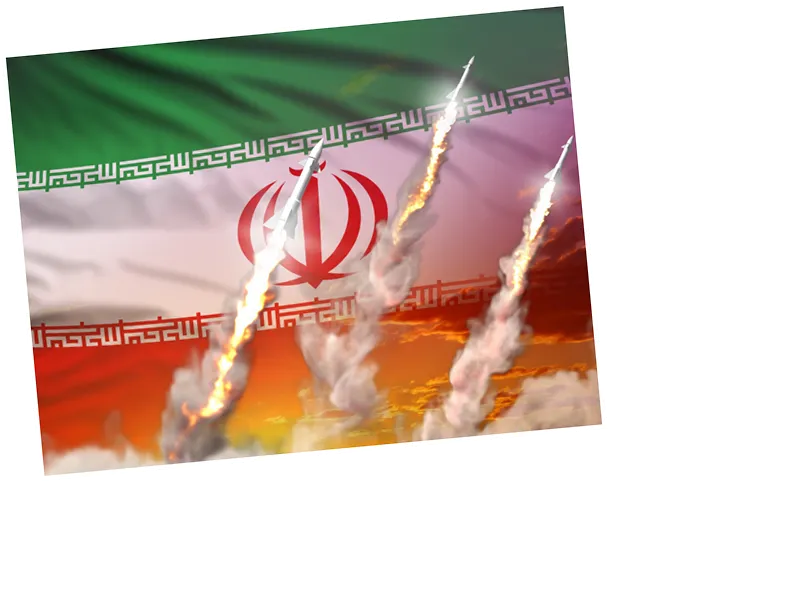Iran's Strategic Shift Amid Escalating Conflict
The ongoing war in the Middle East has forced Iran to reconsider its long-standing policy of 'strategic patience.' Traditionally, Iran has avoided direct confrontation, focusing instead on building military capabilities and expanding its influence through proxy groups across West Asia. However, the recent escalation of violence, particularly since October 7, 2023, has brought the conflict closer to Iran's borders, challenging its defensive strategy.
Historical Context of Iran's Military Strategy
Iran's approach to conflict is rooted in military history, drawing lessons from past encounters, such as the lengthy war with Iraq in the 1980s. This experience instilled a desire to avoid catastrophic confrontations, leading to the development of a strategy that combines 'strategic patience' with 'forward defense.' The establishment of the Quds Force has enabled Iran to project power beyond its borders, supporting groups like Hezbollah and influencing regional dynamics.
The Al-Aqsa Flood: A Turning Point for Iran
The recent Al-Aqsa Flood operation has significantly altered the landscape of the conflict, prompting Israel to abandon its previous military doctrines and intensify its efforts against Iran and its allies. As Israel escalates its military operations, including targeted strikes against Hezbollah, Iran faces a crucial decision: to maintain its defensive posture or engage more directly in the conflict. With internal economic struggles and political divisions complicating its response, Iran's future course of action will have far-reaching implications for regional stability.





